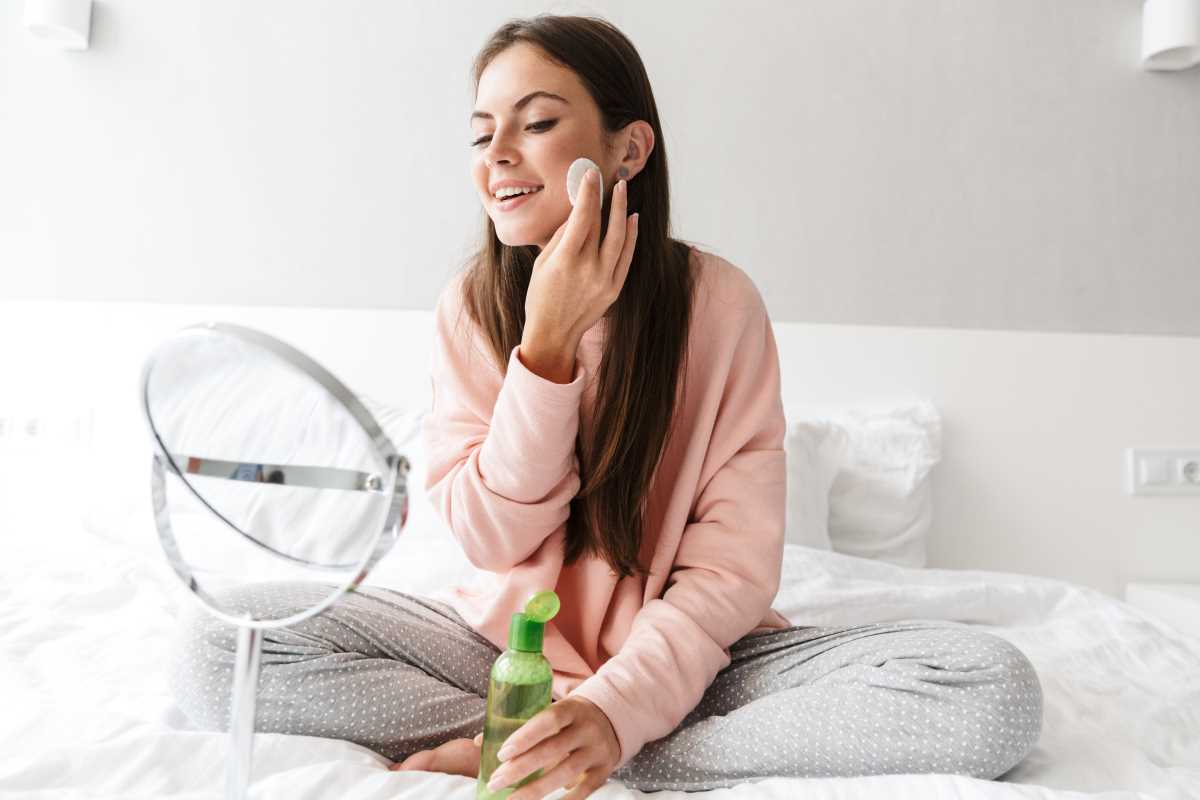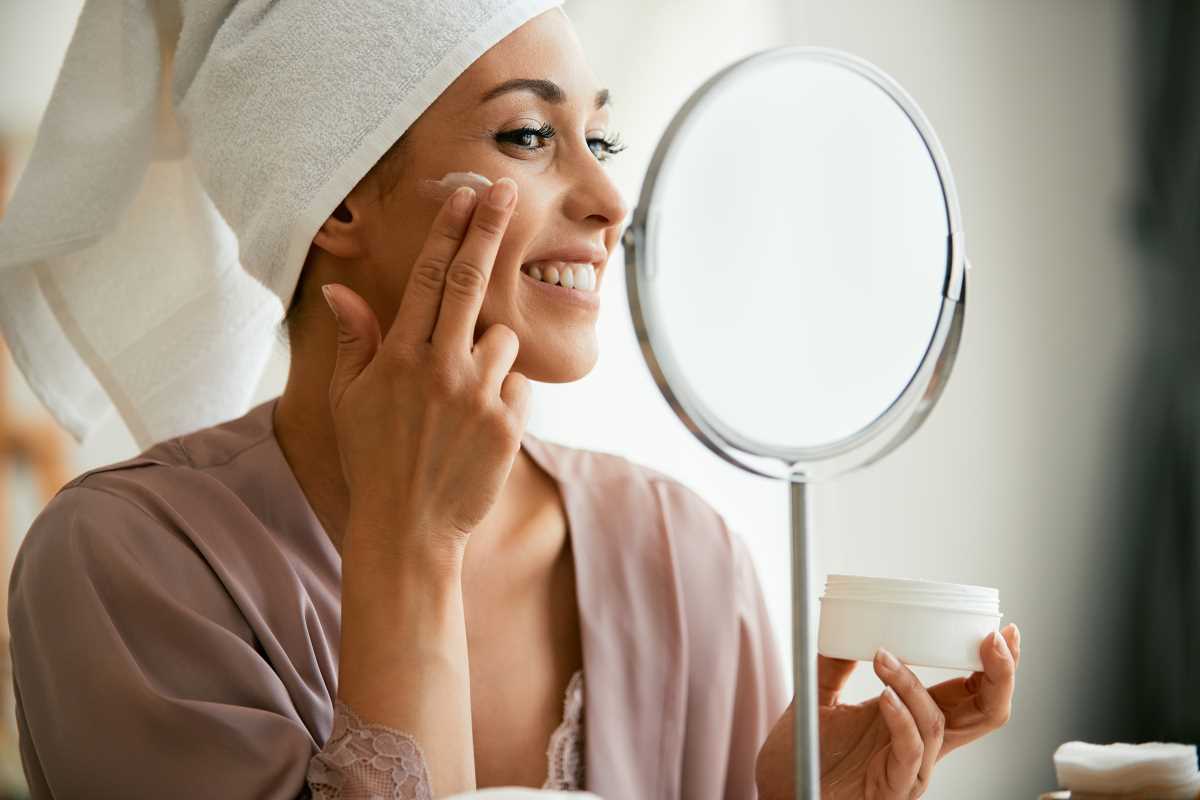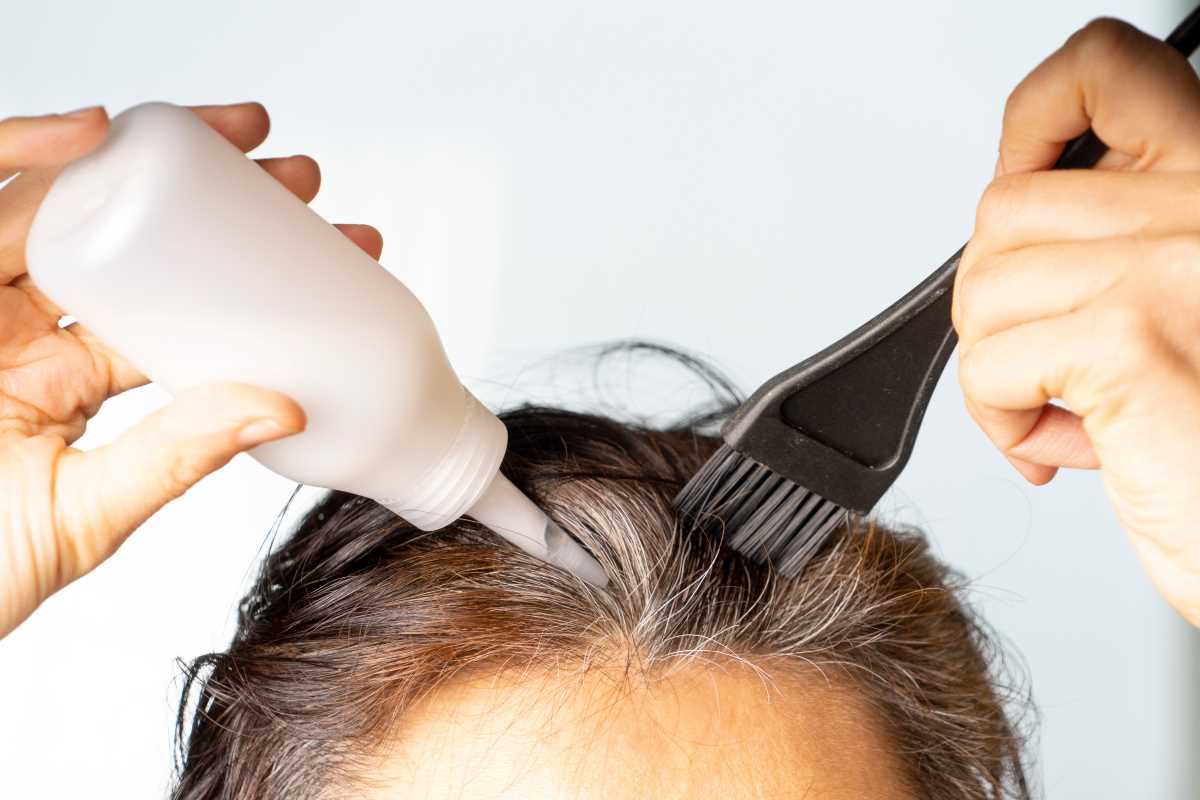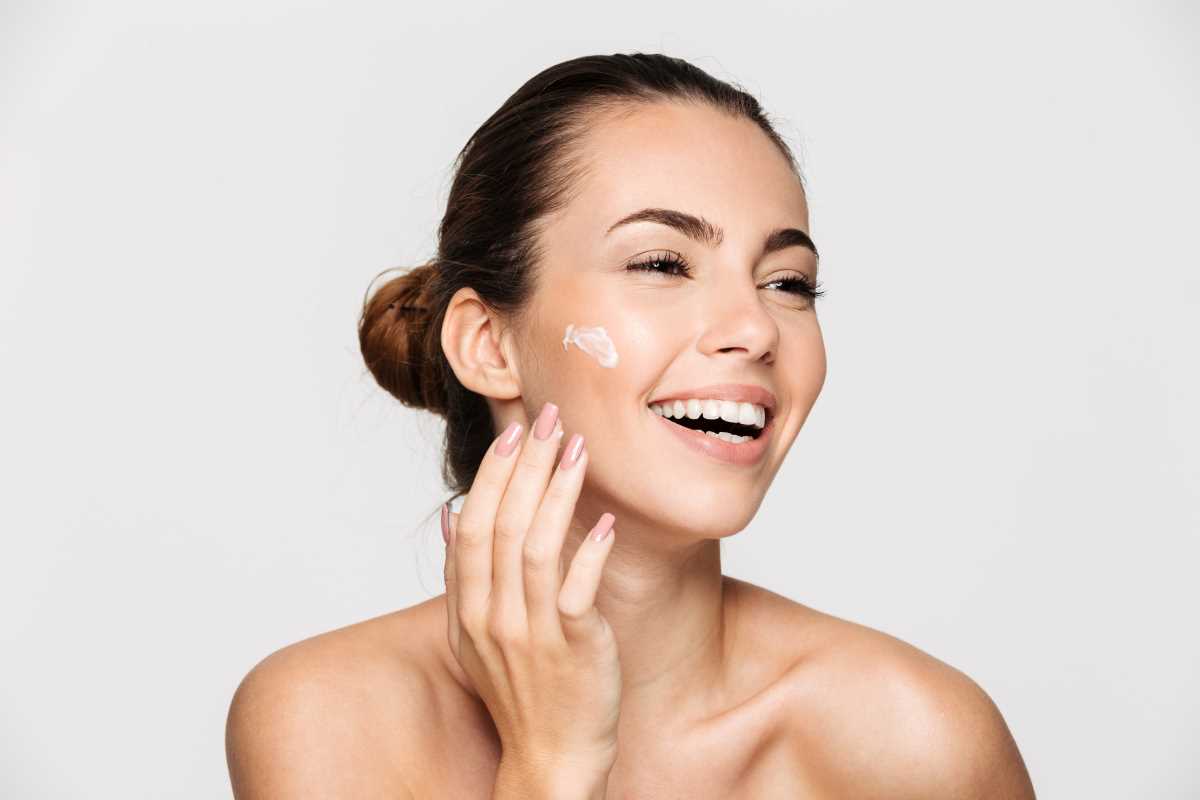Dealing with sensitive skin and surprise breakouts can be a challenge. Products targeting pimples often make redness worse, while those for delicate skin sometimes fail to clear your face. But here’s the good news: you don’t have to choose between comfort and clarity. A gentle, simplified skincare routine with mild, effective ingredients can help soothe your skin while addressing blemishes. The key is to focus on what truly works for your unique needs without overwhelming your skin. Below, you’ll find a clear, easy-to-follow daily plan to manage irritation and breakouts. You’ll also learn which habits and ingredients to add to your routine and which ones to avoid. Let’s simplify your skincare and work toward a calmer, healthier complexion!
What’s Going On With Your Skin?
Understanding your face is step one. Having a tendency toward both sensitivity and breakouts often means your natural barrier has taken a hit. This outer shield keeps moisture in and blocks irritants, but when it’s weakened, your skin can flush, itch, or sting much more easily.
Meanwhile, pimples form as oil, dead skin, and bacteria collect in pores. The real challenge: strong anti-acne ingredients can dry or worsen delicate skin. Harsh cleansers or exfoliators, especially those with lots of alcohol or old-school toners, risk doing more harm than good. The goal is to choose products that keep things balanced and steer clear of aggressive formulas.
A Morning Routine That Respects Your Skin
Getting ready for the day should focus on gentle care. Think light hydration and simple defenses against the outside world.
Step 1: Mild Cleansing
Start your day with a cleanser that doesn’t foam up too much or leave your skin feeling tight. Lathering with non-soap, creamy, or gentle gel formulas is best.
- What helps: Look for short ingredient lists, skip fragrances, and favor items with ceramides or glycerin.
- Quick tip: Lukewarm water is your friend; massage cleanser gently and rinse well. No need to scrub!
Step 2: Optional Toning
Not everyone needs toner in the morning, but for those who like an extra boost, go for an alcohol-free version that calms rather than irritates.
- Best features: Toners loaded with calming plant extracts or niacinamide can help restore a sense of balance.
Step 3: Light Treatments
After cleaning up, a little extra care can help. Keep things simple and don’t pile on too many actives.
- Azelaic Acid: This ingredient encourages smoothness, fights bacteria, and tackles some redness without overwhelming skin.
- Low-dose Exfoliant (occasionally): If you’re considering a gentle beta hydroxy acid (like a weak salicylic acid), start slow and use it every few days.
- Niacinamide Serum: Lightweight and friendly, it minimizes oiliness and soothes.
Step 4: Layer on Moisture
Even if shine or blemishes are concerns, skin thrives with hydration. Lightweight gel formulas do the trick.
- What’s good: Non-greasy, water-based lotions work well for most people. Hyaluronic acid and ceramides are stars in this category.
Step 5: Sun Protection Every Day
Ultraviolet rays make redness and any post-blemish marks linger. Shielding your face is a must, even when it’s cloudy.
- Skin-friendly picks: Mineral sunscreen with zinc or titanium is usually easiest on sensitive types. Aim for SPF 30 or higher.
An Easy Nighttime Routine
At night, your skin resets. This is a good time for gentle but slightly more active steps since there’s no sun to complicate things.
Step 1: Two-Part Cleanse (if you wore makeup or SPF)
Removing all traces of the day supports overall clarity and comfort.
- Start with: Oil cleansers or micellar water help dissolve sunscreen and foundation.
- Follow up: Use your mild morning cleanser next for a completely clean slate.
Step 2: Use Your Active Ingredients Sparingly
Night is prime time for anything a bit stronger, but don’t overdo it.
- Mild Retinoids: If you’re ready to address blemishes and texture, adapalene or a low-concentration retinol, used just a few times a week, can help. Let skin dry first and expect some flaking or tiny zits at first, but it’s usually temporary.
- Gentle Chemical Exfoliant: Rotate this in on nights you skip your retinoid. Mandelic or lactic acid serums are less likely to cause issues than stronger acids.
Step 3: Moisturize Generously
Use a trusty, light lotion to help rebuild and soothe overnight. For extra comfort, apply a small amount of moisturizer before and after any treatment serums.
Habits and Ingredients to Skip
Knowing what to avoid is just as key as knowing what to use.
- Strong Scents or Plant Oils: These can make sensitivity worse.
- Rough Scrubs: Gritty exfoliants risk damaging your surface and leading to more flare-ups.
- Alcohol-Laden Tonics: Dehydration leads to more irritation down the road.
- Crowded Routines: Limit yourself to one new ‘active’ at a time. Using a retinoid, acid, and spot treatment all together is overkill.
Trial and error is part of the journey, and patience pays off. Notice how your face reacts, and adjust routines or frequency if irritation pops up. The goal is steady improvement, so don’t focus on instant results.
 (Image via
(Image via





